The Role of Public Transportation in Real Estate Development
11 March 2025
Public transportation and real estate development go hand in hand, much like coffee and mornings. One complements the other, creating dynamic, thriving communities that seem to pulse with opportunity. But how does public transportation truly influence real estate? What makes it such a game-changer for urban planning and property markets? Let’s dive deep into this fascinating topic and see why public transportation is the unsung hero of modern real estate development. 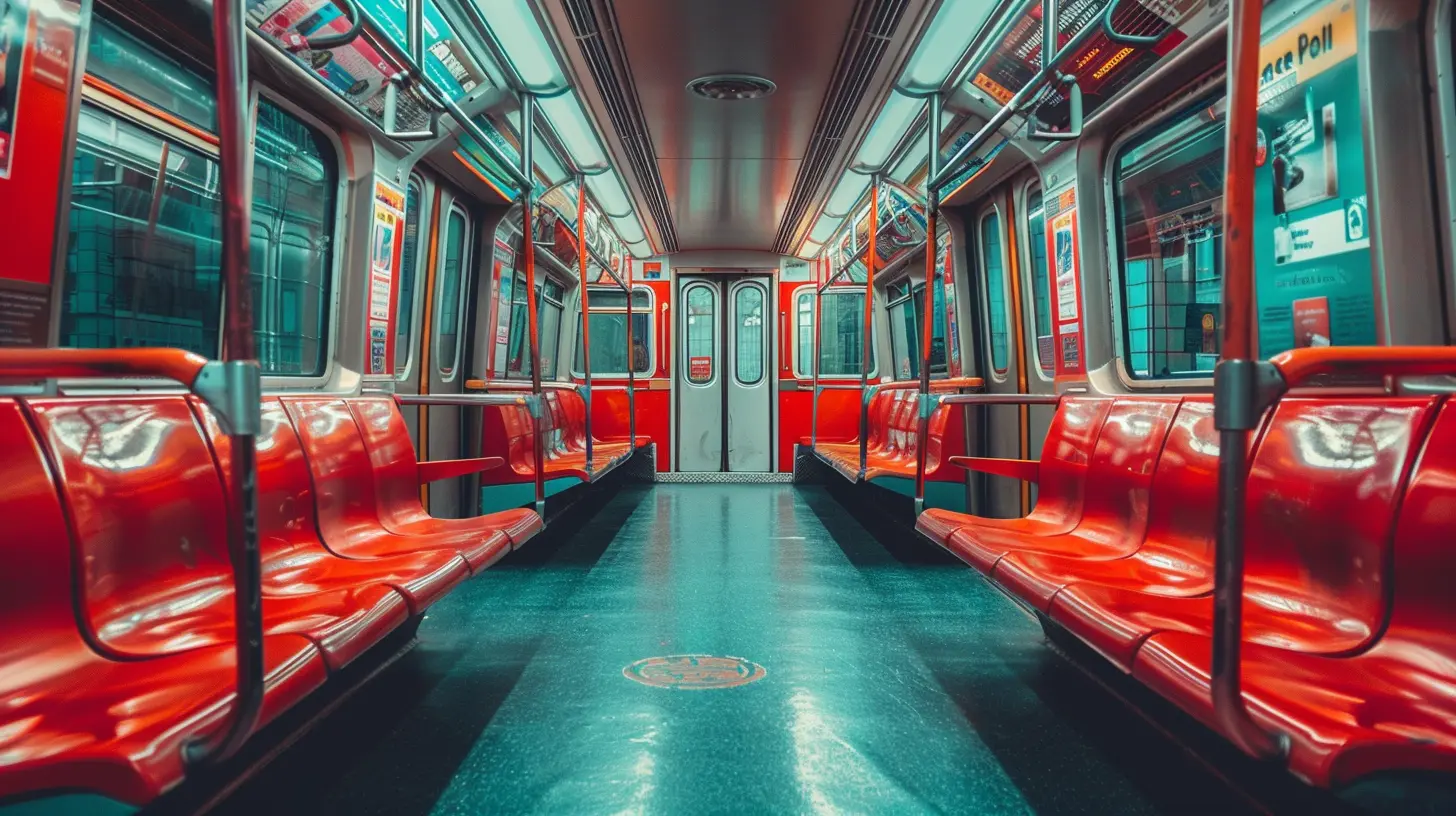
The Ripple Effect of Public Transportation
Think of public transportation as the heartbeat of a city. It connects neighborhoods, drives economic growth, and, most importantly for us, boosts real estate value. But how exactly does it do that?When a city adds new metro lines, bus routes, or even bike-sharing hubs, it’s not just about getting people from Point A to Point B. It’s about creating accessibility. Accessibility makes areas more livable, which in turn makes them more desirable for homebuyers, renters, and investors alike.
And here’s where the ripple effect comes in. When public transportation infrastructure expands, nearby real estate markets often experience a surge in demand. Properties close to transit hubs become hot commodities. Why? Because they offer convenience, and in today’s fast-paced world, convenience is king. 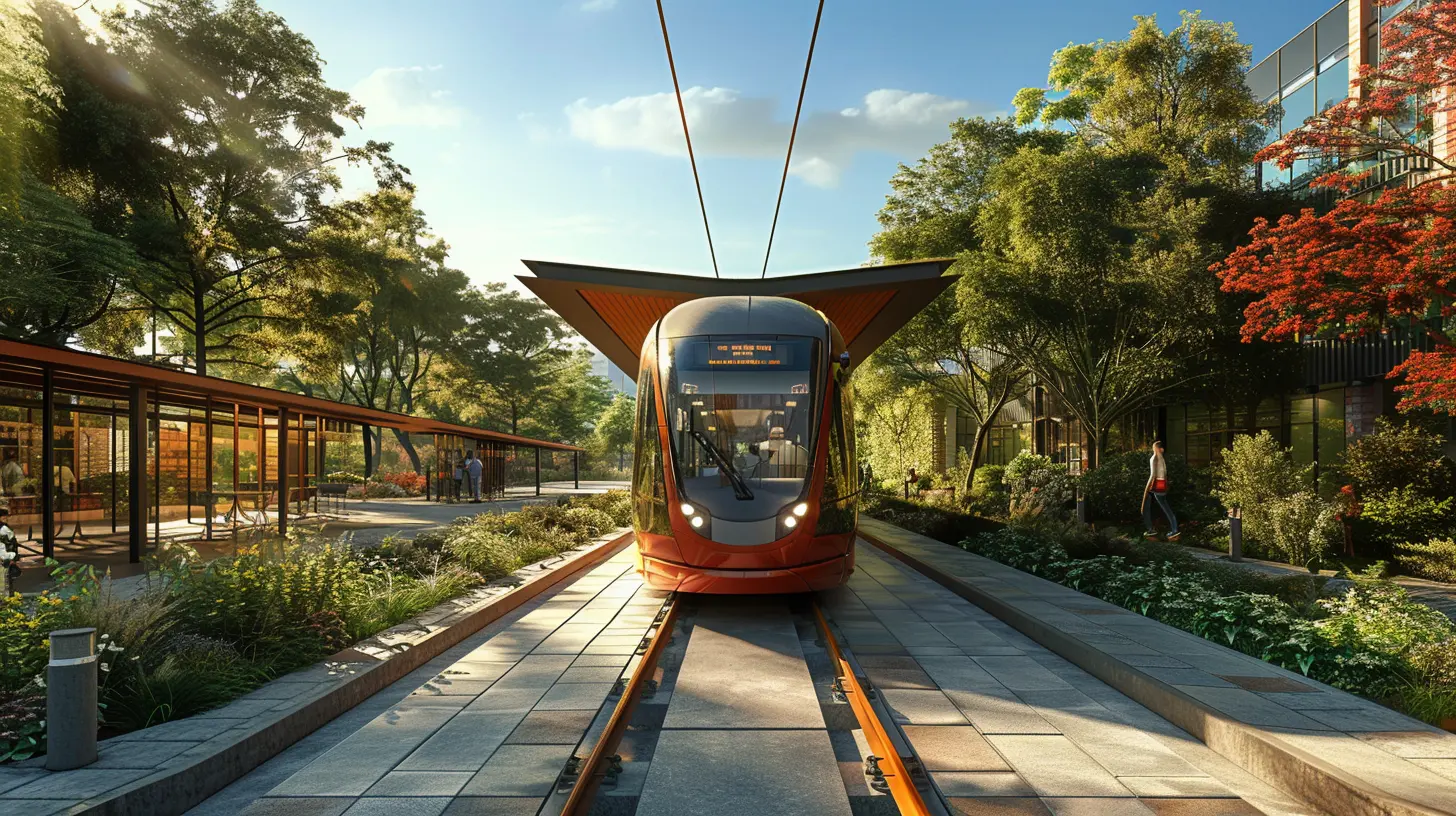
Transit-Oriented Development: A Game Changer
Ever heard the term "transit-oriented development" or TOD? If not, let me break it down for you. TOD is a planning strategy that focuses on creating vibrant, walkable communities centered around public transit. It’s like designing a town around a train station, ensuring everything you need is just a stone’s throw away.Developers love TOD. Why? Because it’s a win-win. People get the convenience of living near transportation, and developers get higher property values and quicker sell-outs. It’s a simple equation: more transit options = more demand for nearby real estate.
Take, for example, cities like Denver, Colorado. The development of their light rail system spurred significant real estate projects. Areas that were once overlooked are now bustling with life, all thanks to public transportation. 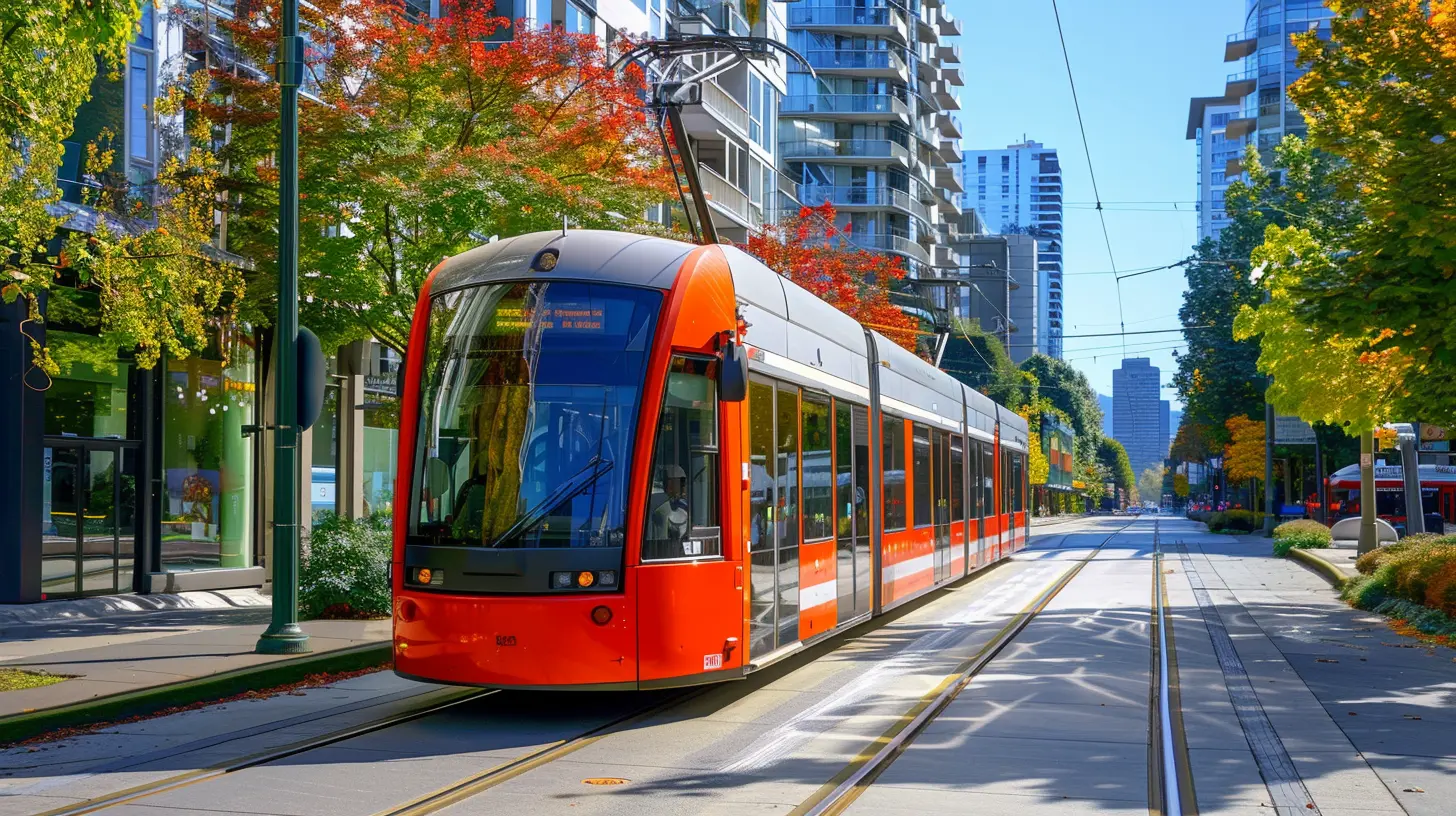
Public Transportation and Property Values
Let’s talk numbers because we all know this is where it gets interesting. Studies consistently show that proximity to public transportation leads to higher property values. Homes near rail stations, for example, can command premiums of 10% to 20% higher than similar properties without transit access. That’s like getting extra icing on your cake just because your home is a quick walk to the train.Why does this happen? It’s all about the convenience factor. Imagine cutting down your daily commute from an hour of bumper-to-bumper traffic to a stress-free, 20-minute train ride. Who wouldn’t pay a little extra for that?
It’s not just residential properties either. Commercial real estate gets a boost too. Office spaces and retail outlets near transit hubs often see higher foot traffic and better tenant retention. After all, businesses love locations that are easy for both employees and customers to reach. 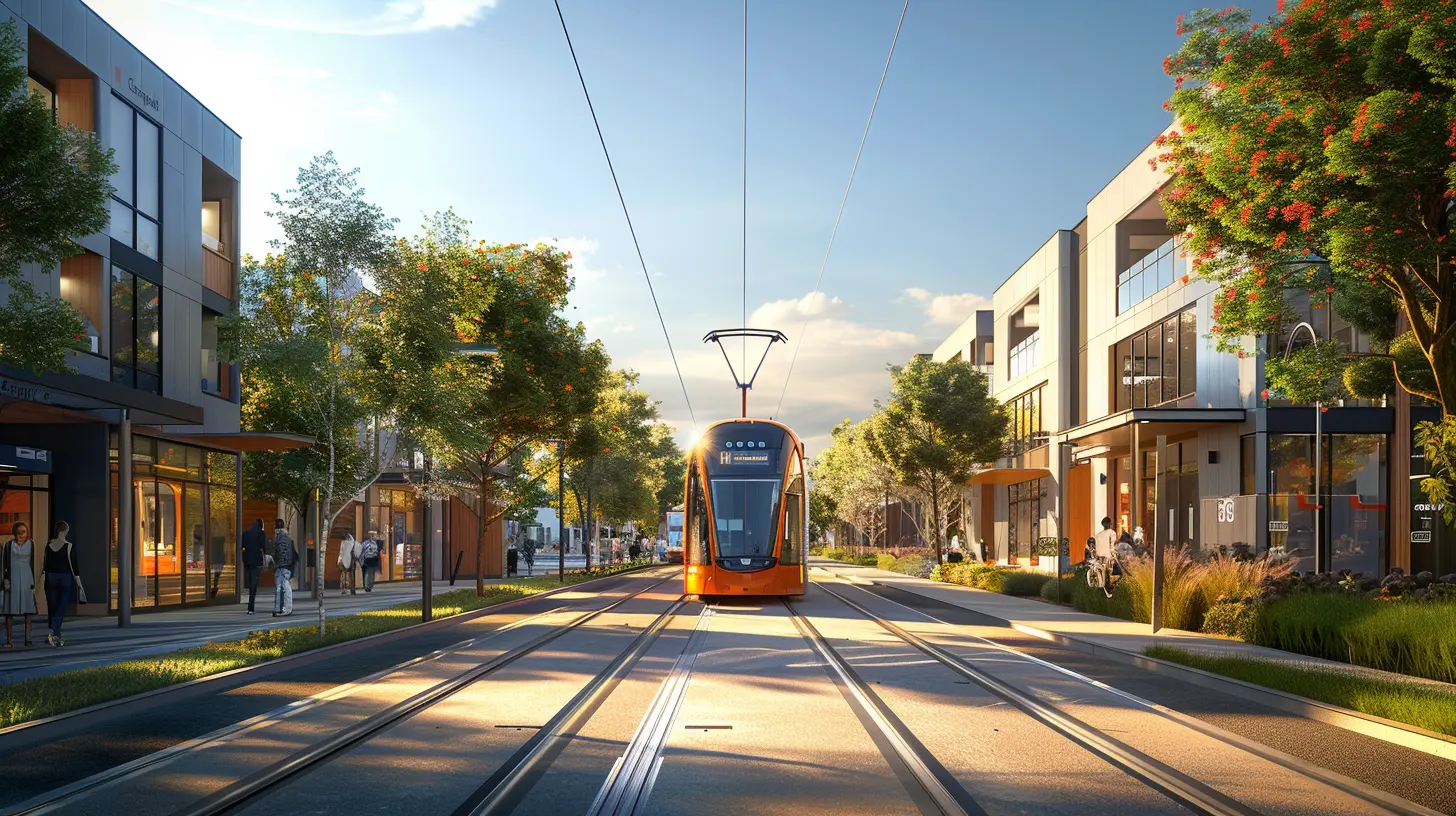
The Social and Economic Impact
Let’s not forget the social side of things. Public transportation doesn’t just boost property values; it also improves the overall quality of life. How? By reducing traffic congestion, lowering emissions, and promoting more active lifestyles.But there’s more to it. Public transportation fosters economic growth. By connecting people to jobs, schools, and amenities, it creates opportunities. And when people have more opportunities, they spend more money locally—boosting businesses, services, and yes, even real estate.
Think of it this way: a new metro line isn’t just a transportation upgrade; it’s an economic spark plug. It powers not only commuters but also local economies, which in turn drives demand for real estate.
Public Transportation: A Catalyst for Urban Renewal
Public transportation has this unique ability to breathe new life into neglected areas. Don’t believe me? Let’s look at real-world examples.Take the High Line in New York City. While it’s technically not public transportation, it’s a repurposed elevated railway that transformed a forgotten section of Manhattan into one of the most sought-after neighborhoods. Property values skyrocketed, and the area became a hotspot for tourists and locals alike.
Now consider traditional transit projects. The development of Washington D.C.’s Metro lines played a pivotal role in revitalizing neighborhoods like NoMa (North of Massachusetts Avenue). What was once an overlooked industrial area is now a thriving urban space filled with apartments, offices, and retail shops.
Challenges and Considerations
Of course, it’s not all smooth sailing. Public transportation projects are complex and expensive. They require careful planning, massive investments, and years—sometimes decades—to complete.Then there’s the issue of gentrification. When public transport improves, property values rise, which often leads to displacement of low-income residents. It’s a double-edged sword. While many benefit, some are left behind. Balancing progress with inclusivity is a tricky but essential part of the equation.
The Role of Technology in Public Transportation
We can’t ignore how technology is reshaping public transportation and, by extension, real estate. Think about ride-sharing apps, electric scooters, and self-driving shuttles—they’re all part of the “mobility” ecosystem.Take autonomous vehicles, for instance. While we’re not there yet, the idea of self-driving trains and buses isn’t far-fetched. And when that happens? Real estate development will have another transportation revolution to adapt to.
Technology also allows for better planning. Data analytics can predict future transit demand, helping city planners and developers make smarter decisions. It’s a brave new world out there, and public transportation is right at the center of it.
The Future: Where Are We Heading?
So, what does the future hold? Cities are investing more in public transportation than ever before. From high-speed rail systems to eco-friendly buses, the focus is on sustainability and efficiency.And as public transportation continues to evolve, so too will real estate. Urban areas will densify around transit hubs, rural and suburban areas will become more accessible, and developers will constantly innovate to meet the needs of modern residents.
Imagine a world where you can hop on a hyperloop train and be in another city in under an hour. Sound like science fiction? Maybe, but it’s closer than you think. And when it happens, you can bet real estate will be the first industry to adapt.
Wrapping It All Up
In the end, public transportation isn’t just about getting from one place to another. It’s the backbone of cities and communities, shaping the way we live, work, and play. For real estate, it’s a catalyst—a driver of value, growth, and opportunity.Whether you’re a homeowner, investor, or just someone who loves a good train ride, it’s clear: public transportation plays a pivotal role in real estate development. And as cities grow and evolve, this role will only become more significant. Curious to see what the future holds? So are we.
all images in this post were generated using AI tools
Category:
Real Estate TrendsAuthor:

Cynthia Wilkins
Discussion
rate this article
16 comments
Zia Kirk
Public transportation significantly enhances real estate development by increasing accessibility, reducing commute times, and boosting property values. Proximity to transit options attracts buyers and renters, making it a crucial factor in successful urban planning.
April 8, 2025 at 10:29 AM

Cynthia Wilkins
Thank you for your insightful comment! You're absolutely right—public transportation plays a vital role in shaping urban landscapes and driving real estate growth. Its impact on accessibility and property values is essential for effective urban planning.
Kristen McHugh
Great insights! Public transportation significantly enhances property value and appeal.
April 5, 2025 at 8:21 PM

Cynthia Wilkins
Thank you! I'm glad you found the insights valuable. Public transportation indeed plays a crucial role in enhancing property value and appeal.
Rory Morrow
Public transportation is vital in shaping vibrant communities. It not only enhances accessibility but also fosters inclusivity, making neighborhoods more attractive to diverse populations. Understanding this connection can lead to more thoughtful and sustainable real estate development for everyone involved.
April 3, 2025 at 2:56 AM

Cynthia Wilkins
Absolutely! Public transportation is essential for community cohesion and drives sustainable real estate development by enhancing accessibility and inclusivity. Thank you for highlighting its importance!
Kason McKeehan
Fascinating insights! I wonder how emerging transportation technologies, like autonomous vehicles and hyperloop systems, will reshape real estate development in the future. Could these innovations redefine accessibility and property values in urban areas? Would love to hear more!
April 2, 2025 at 10:34 AM

Cynthia Wilkins
Thank you! Emerging transportation technologies like autonomous vehicles and hyperloop systems could significantly enhance accessibility, potentially increasing property values in urban areas. These innovations may lead to more efficient land use and reshape real estate development as we know it. Exciting times ahead!
Uri McFarlane
Great article! Public transportation truly shapes real estate development, boosting accessibility and enhancing community appeal. It’s fascinating to see how transit options can elevate property value and buyer interest. Keep up the insightful posts!
March 29, 2025 at 7:31 PM

Cynthia Wilkins
Thank you for your kind words! I’m glad you found the article insightful. Public transportation indeed plays a crucial role in shaping communities and enhancing property values.
Lorelei McGonagle
Public transportation is a key driver in real estate value, influencing demand and accessibility. Proximity to transit options enhances neighborhood desirability and promotes sustainable growth.
March 26, 2025 at 8:14 PM

Cynthia Wilkins
Thank you for highlighting this vital connection! Public transportation indeed plays a crucial role in shaping real estate markets and fostering sustainable communities.
Blake McVicar
Public transportation significantly enhances real estate development by increasing accessibility and appealing to urban dwellers, though careful planning is essential to avoid congestion and maintain community harmony.
March 26, 2025 at 1:36 PM

Cynthia Wilkins
Thank you for your insight! I completely agree that thoughtful planning of public transportation is crucial to maximize its benefits for real estate development and community well-being.
Vex Kline
Public transportation drives vibrant communities, enhancing accessibility and boosting property values. Embracing these developments creates opportunities for growth, connectivity, and a brighter future for all!
March 24, 2025 at 11:18 AM

Cynthia Wilkins
Thank you for your insightful comment! I completely agree—public transportation is indeed a catalyst for community growth and enhances real estate values. It’s crucial for creating accessible and connected neighborhoods.
Spike Morgan
Great article! It’s fascinating how public transportation can shape neighborhoods and boost property values. As someone who’s navigated city living, I can attest to the convenience of having reliable transit nearby. It makes a huge difference in both lifestyle and investment potential! Keep up the great insights!
March 23, 2025 at 1:49 PM

Cynthia Wilkins
Thank you for your insightful comment! I’m glad you found the article engaging and relatable. Reliable transit truly is a game-changer for both lifestyle and property value!
Reagan McGeehan
Great insights! Highlighting public transportation's impact on real estate development is crucial. Consider including case studies that demonstrate successful projects, as they can serve as compelling examples for investors.
March 20, 2025 at 11:51 AM

Cynthia Wilkins
Thank you for the suggestion! I’ll definitely consider incorporating case studies to enhance the article's insights and appeal to investors.
Jett Perry
This article effectively highlights how public transportation enhances real estate values and attracts developments. Integrating transit options not only boosts accessibility but also fosters vibrant, connected communities. A must-read for investors!
March 20, 2025 at 5:00 AM

Cynthia Wilkins
Thank you for your insightful comment! I'm glad you found the article valuable in highlighting the connection between public transportation and real estate development. Your support means a lot!
Devin McClain
Public transport boosts real estate—great for everyone!
March 17, 2025 at 11:53 AM

Cynthia Wilkins
Absolutely! Improved public transport enhances accessibility, increases property values, and fosters vibrant communities, benefiting everyone involved.
Henrietta McKenzie
This article astutely highlights the pivotal link between public transportation and real estate development. However, it could deepen its analysis by addressing how varying socioeconomic factors influence accessibility and desirability. Ultimately, successful developments must consider not just proximity to transit, but also the quality and reliability of these services.
March 16, 2025 at 5:06 AM

Cynthia Wilkins
Thank you for your insightful feedback! I agree that examining socioeconomic factors and the quality of transportation services is crucial for a comprehensive understanding of public transportation's impact on real estate development.
Weston McCaffrey
Great insights on how public transportation influences real estate development! Highlighting its impact on property values and community connectivity really underscores the importance of integrating transit planning with urban development. Looking forward to seeing more developments in this area!
March 13, 2025 at 8:10 PM

Cynthia Wilkins
Thank you for your feedback! I'm glad you found the insights valuable. Integrating transit planning with urban development is indeed crucial for enhancing property values and community connectivity. Stay tuned for more updates!
Rosalind McClendon
Public transportation is a game changer in real estate development! By enhancing accessibility and connectivity, it not only boosts property values but also fosters vibrant communities. Embrace the potential of transit-oriented development to create spaces that inspire and thrive. Let's build a better future together!
March 12, 2025 at 12:48 PM

Cynthia Wilkins
Absolutely! Public transportation is crucial for enhancing property values and creating vibrant communities. Let's leverage transit-oriented development for a brighter, more connected future.
Taylor Lambert
Great insights! Public transportation isn’t just a convenience; it’s a game-changer for real estate development. With better access, neighborhoods thrive, property values soar, and everyone wins. Here’s to more transit-friendly developments and vibrant communities ahead! 🚍🏡✨
March 11, 2025 at 7:53 PM

Cynthia Wilkins
Thank you! I completely agree—public transportation is crucial for fostering thriving communities and enhancing property values. Here's to more transit-oriented developments!
MORE POSTS

Ensuring a Smooth Contract-to-Close Process in Real Estate
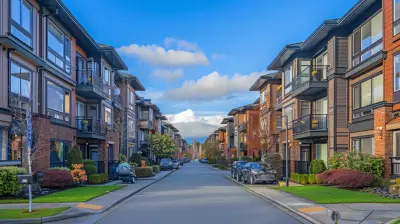
Rental Market Trends: What to Expect in the Coming Years

How Data Can Help Identify the Next Major Real Estate Boom
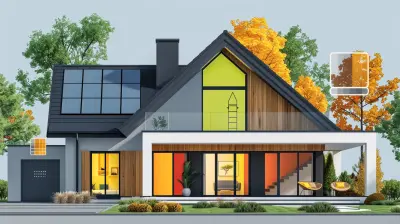
Why Energy Audits are Important in Sustainable Housing

Simplifying the Paperwork Process for First-Time Sellers

Property Disclosure Laws: What Sellers Must Legally Disclose
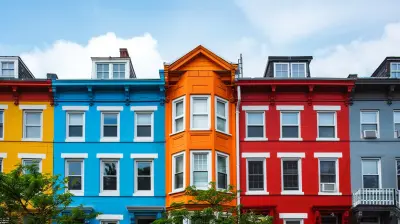
How to Handle Rent Increases: Legal Clauses to Include

Buying a Home in a Buyer’s vs. Seller’s Market: A Guide for First-Timers

Is It Worth Using a Real Estate Agent in a Seller’s Market?

Building a Lucrative Career in Real Estate: Tips for New Agents